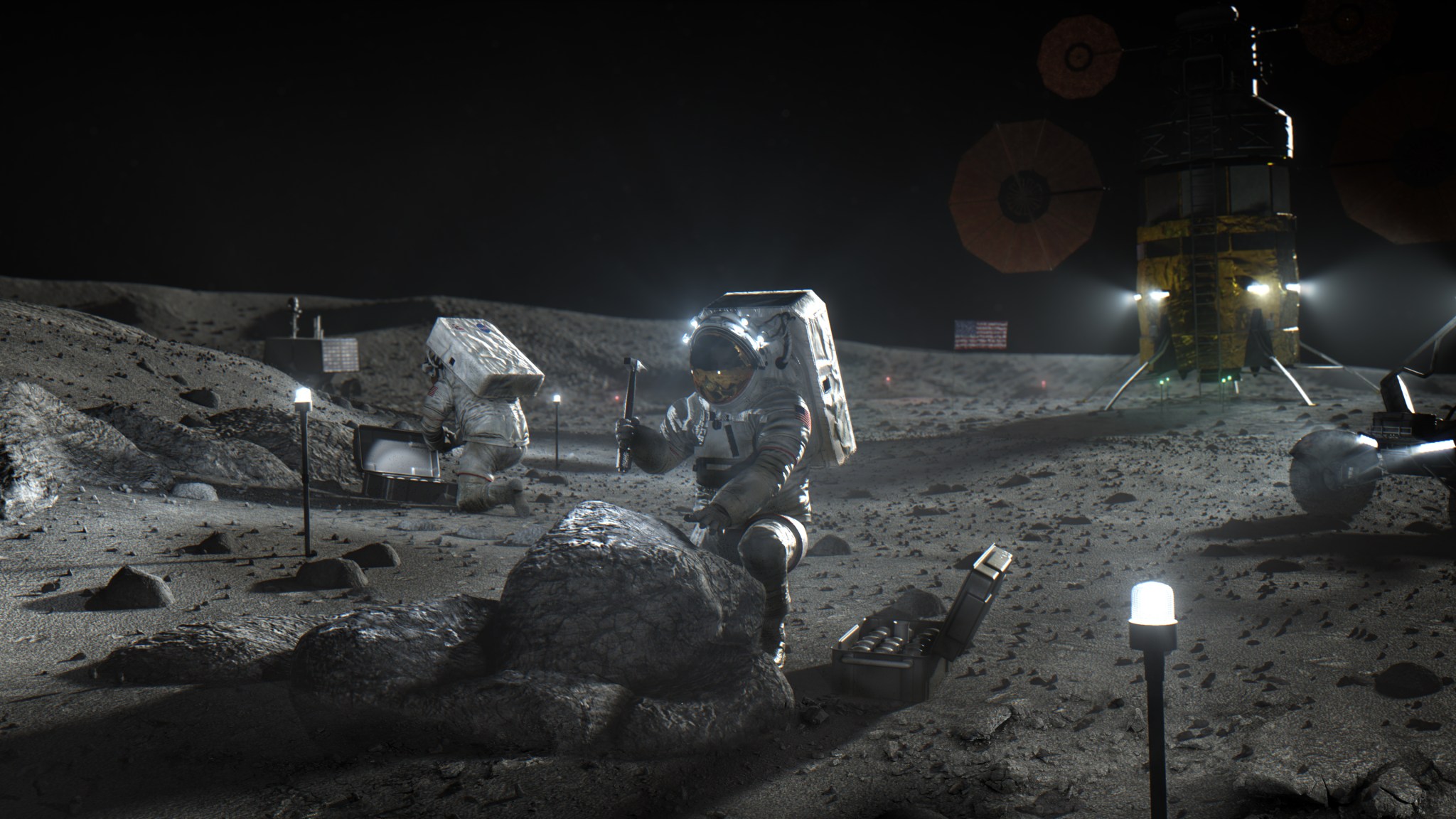Solicitation Number: NNH16ZCQ001K-1_Appendix-Q-LUTNOMS
July 8, 2024 – Solicitation Released
Solicitation Overview
NASA’s long-term vision to provide for a resilient space and ground communications and navigation infrastructure in which space mission users can seamlessly “roam” between an array of space-based and ground-based networks has been bolstered by innovative studies delivered by industry through the Next Space Technologies for Exploration (NextSTEP) – 2 Omnibus Broad Agency Announcement vehicle. Initially, NASA seeks to create an interoperable architecture composed of a mixture of existing NASA assets and commercial networks and services. In the long-term, this will allow for a smooth transition to fully commercialized communications services for near-Earth users. The overarching goal is to create a reliable, robust, and cost-effective set of commercial services in which NASA is one of many customers.
NASA’s Commercialization, Innovation, and Synergies (CIS) Office has released a solicitation notice under the Next Space Technologies for Exploration Partnerships-2 (Next STEP-2) Broad Agency Announcement (BAA) to seek industry insights, innovative guidance, and demonstrations in the following two (2) Study Areas:
- Lunar User Terminals
- Network Orchestration and Management System (NOMS)
To support lunar surface operations, NASA is seeking state-of-the-art industry studies, system development, and demonstrations for a dual-purpose navigation and communication lunar surface user terminal. The terminal must meet technical requirements provided by the government to support lunar surface exploration plans and ensure interoperability with developed LunaNet and Lunar Communications Relay and Navigation System (LCRNS) standards. The requirements will be split into separate LunaNet Augmented Forward Signal (AFS) navigation receiver and communications transceiver capabilities. However, the development of a combined communications and position, navigation, and timing (CPNT) system capable of meeting the full suite of requirements is desired.
Additionally, NASA is seeking innovative industry studies and demonstrations on advanced Network Orchestration and Management Systems (NOMS) that effectively address NASA technical requirements aimed at controlling and interfacing with a globally distributed network of Satellite Ground Systems currently supporting the Near Space Network (NSN).
The resulting studies will ensure advancement of NASA’s development of space communication and exploration technologies, capabilities, and concepts.
from NASA https://ift.tt/RovsbYW

